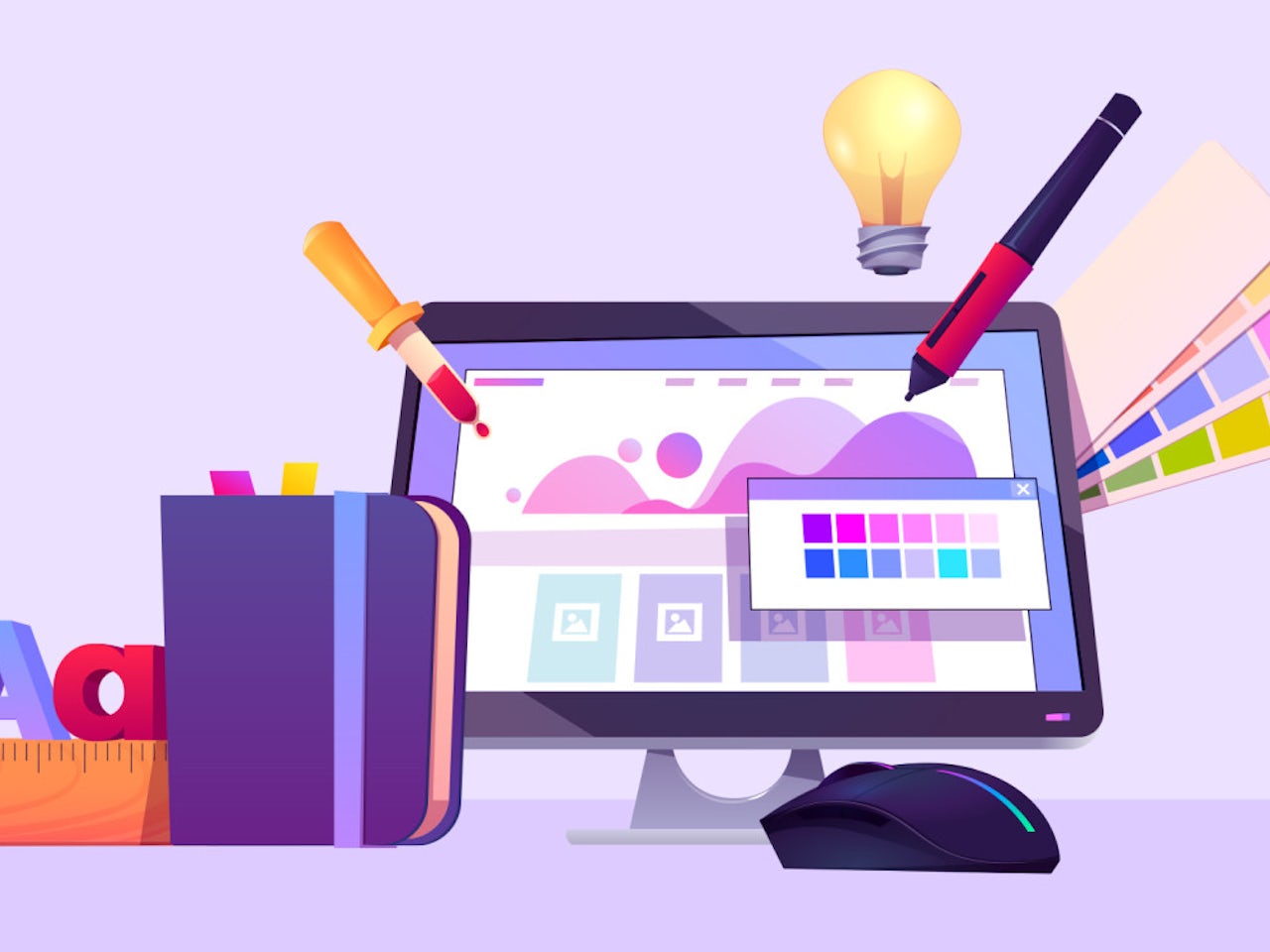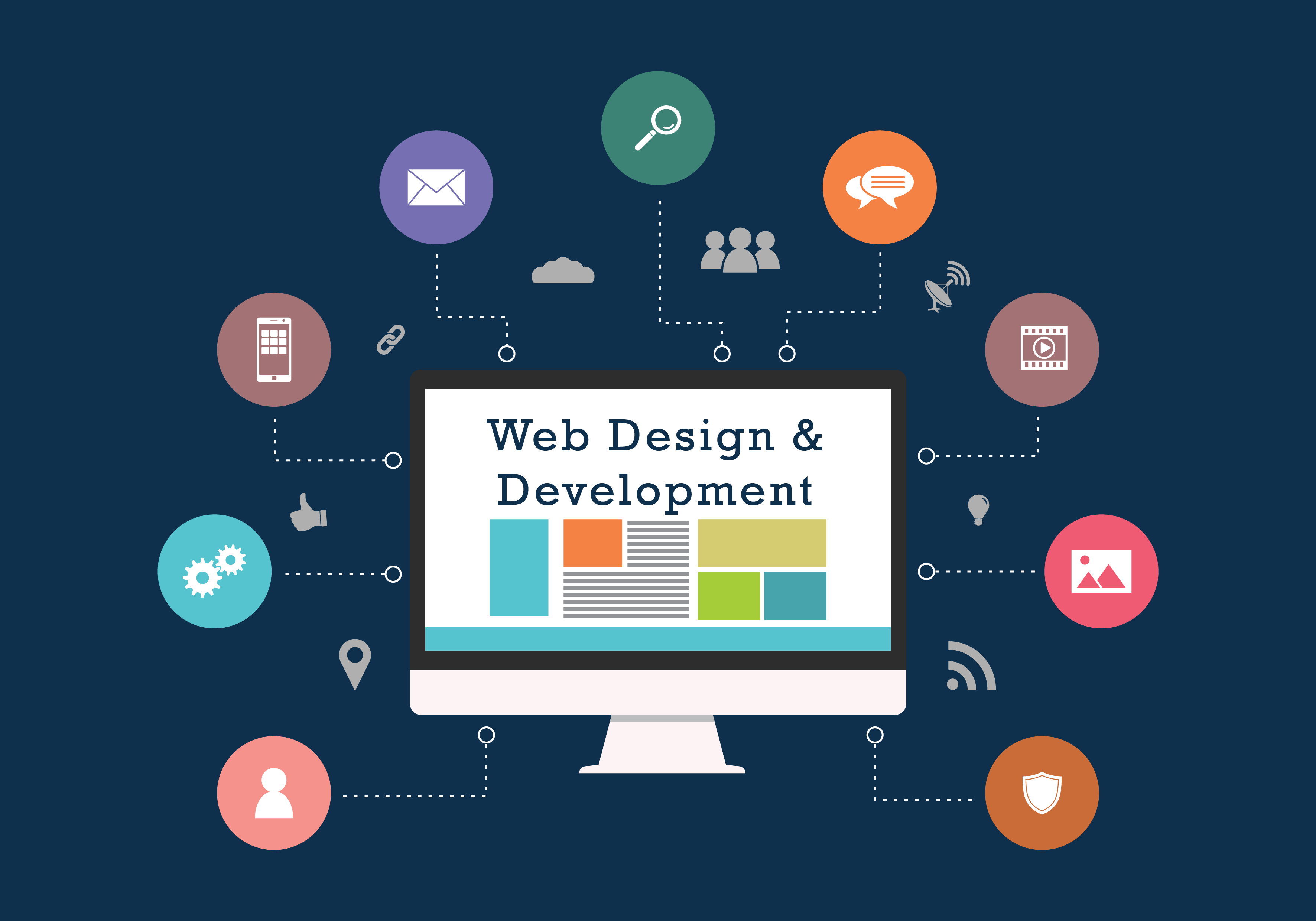Maximize Individual Experience With Innovative Site Style Solutions
In today's electronic landscape, taking full advantage of customer experience via ingenious web site design remedies is imperative for services seeking to engage their target market efficiently. By embracing user-centric design principles, companies can create interfaces that not just satisfy customer demands but likewise improve total contentment. Trick elements such as receptive layouts, instinctive navigation, and reliable visual hierarchy play a vital function in this process. However, the integration of interactive aspects can additionally elevate the individual trip, motivating a reevaluation of standard design techniques. What strategies might emerge when we consider the developing assumptions of individuals?
Comprehending User-Centric Layout

To carry out user-centric layout properly, it is important to perform thorough research, consisting of user meetings, surveys, and functionality testing. These study methods give valuable data that informs design choices, making certain that the final product aligns with individual assumptions. In addition, developing customer personas can assist developers envision and understand with the end-users, assisting the style procedure toward a lot more relevant remedies.
Furthermore, repetitive layout is a vital part of user-centric techniques. By continuously screening and refining layouts based on customer responses, developers can identify pain factors and locations of renovation, causing a much more refined end product. Inevitably, user-centric layout is not just a phase in the development procedure but a constant dedication to prioritizing customer needs, leading to more efficient and appealing digital experiences.
Significance of Responsive Layouts
As electronic interactions progressively happen throughout a variety of tools, the value of responsive formats can not be overemphasized. A responsive format ensures that a web site adapts effortlessly to various screen dimensions, from desktop computer screens to mobile phones. This flexibility is important in today's multi-device landscape, where customers anticipate a appealing and constant experience despite just how they access content.
The main advantage of receptive layout is enhanced user satisfaction. When an internet site is optimized for all gadgets, it lessens the requirement for zooming, scrolling, or horizontal navigation, which can lead and annoy individuals to higher bounce rates. Additionally, internet search engine like Google prioritize mobile-friendly internet sites in their ranking formulas, making receptive formats necessary for effective search engine optimization techniques.
In addition, responsive designs assist in less complicated maintenance and updates. Rather of taking care of different versions of an internet site for different gadgets, a solitary, fluid design can be changed, saving time and sources. This alternative method not only boosts performance but also cultivates brand name comprehensibility throughout systems. Inevitably, investing in responsive designs is not simply a pattern; it is an essential concept of modern-day web style that substantially enhances customer experience and involvement.
Enhancing Navigation and Access
Effective navigation and access are pivotal components of a properly designed internet site, dramatically influencing customer interaction and satisfaction. An user-friendly navigating structure permits site visitors to find information quickly and with ease, minimizing frustration and enhancing the probability of repeat sees. Carrying out clear, descriptive tags for navigation links, in addition to a rational power structure, can direct customers perfectly through the internet site.
Access is equally essential, ensuring go to the website that all users, no matter of their capacities or specials needs, can connect with the site efficiently. This can be achieved via making use of proper color contrasts, message dimensions, and alt message for images, which with each other enhance the experience for visually impaired users. Furthermore, including keyboard navigating and display reader compatibility expands accessibility for customers with diverse needs.
Normal functionality testing can provide useful understandings visit this web-site right into navigating efficiency and ease of access issues. By gathering comments from real users, developers can determine pain points and make educated adjustments. Ultimately, focusing on navigation and access not just fosters inclusivity however also cultivates a positive customer experience, reinforcing the brand name's commitment to top quality and user treatment in a progressively electronic landscape.
Making Use Of Aesthetic Hierarchy Properly
Visual pecking order works as an assisting structure in web site layout, directing users' interest to the most essential aspects on a page. By purposefully arranging aesthetic parts such as color, spacing, and typography, designers can produce a clear pathway for click here for more info customers to follow. This structure not just improves customer experience yet also improves material understanding.
One efficient method to establish visual hierarchy is via using dimension and scale. Bigger elements naturally draw in more interest, making headlines and essential visuals prominent. Matching this approach with contrasting colors can additionally differentiate primary material from second details, guaranteeing that important details stands out.
Moreover, the arrangement of components plays a vital function in assisting user communication. Utilizing a grid design can develop a cohesive circulation, while whitespace helps to separate content and minimize cognitive lots - Website Design. This intentional spacing permits customers to process information much more quickly, bring about boosted interaction
Last but not least, utilizing consistent layout patterns helps reinforce visual pecking order, giving users with acquainted hints as they navigate the website. By focusing on these principles, developers can successfully maximize individual experience, making certain that visitors can effortlessly find the info they seek.
Incorporating Interactive Elements
The incorporation of interactive aspects into website style can considerably enhance individual interaction and overall experience. Interactive features such as polls, sliders, and tests not just astound individuals yet additionally promote energetic involvement, making the surfing experience extra remarkable. By urging individuals to communicate, websites can properly maintain interest and minimize bounce prices.
Moreover, integrating dynamic web content like animations and hover results includes an enticing layer of interactivity. These aspects can lead individuals without effort via the site, highlighting important information and contacts us to activity. Animated switches can attract interest and boost click-through prices.
Additionally, personalization via interactive devices such as chatbots or referral engines enables web sites to cater to private choices, promoting a feeling of link. This customized method not only boosts customer contentment but additionally motivates repeat sees.
Integrating analytics devices to track interactions provides beneficial insights into user behavior, allowing constant renovation of the interactive aspects. Ultimately, a properly designed interactive experience changes an easy browsing session right into an engaging trip, causing raised user complete satisfaction and commitment. For that reason, integrating interactive components is essential for making best use of customer experience in modern web site layout.
Conclusion

In today's digital landscape, optimizing user experience with ingenious web site layout options is important for services seeking to involve their target market effectively. Inevitably, focusing on navigating and ease of access not only cultivates inclusivity however also grows a positive individual experience, enhancing the brand name's commitment to top quality and user treatment in a significantly digital landscape.

In conclusion, maximizing user experience via ingenious internet site design services demands a dedication to user-centric concepts. Website Design.